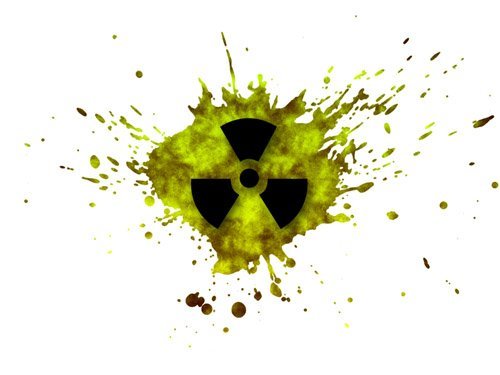It’s been hypothesized that occupational exposure to low-dose ionizing radiation could increase a person’s risk of cardiovascular disease, but until now the mechanism has remained unclear.
While it is well known that exposure to high-dose ionizing radiation – experienced by survivors of atomic bombs – can cause cancer, it is far more difficult to measure the long-term effects of low-dose ionising radiation.
In a paper published in PLoS Computational Biology, researchers using mathematical modelling have proposed a plausible, and testable, mechanism for how low-dose ionising radiation might increase cardiovascular disease risk.
If true, it would have implications for current protection procedures for radiation, which do not currently take cardiovascular disease risk into account.
Our colleagues at the Science Media Centre in London rounded up reaction from scientists to the paper.
Prof. Steve Jones, Westlakes Research Institute, said:
“An association between low dose ionising radiation and an increased risk of circulatory disease has been found in a number of studies, albeit not consistently so. The question as to whether these findings reflect cause and effect remains open, and one of the major questions is whether plausible biological mechanisms that could explain an increase in risk can be demonstrated. In this respect, the paper by Mark Little and co-workers is important and scientifically interesting. As it is based very largely on mathematical modelling, its findings can’t be taken as definitive. However it does propose a plausible biological mechanism and, most importantly, a mechanism that is testable by experiment. It is important that work in this area continues to be pursued.”
Prof. Richard Wakeford, Visiting Professor in Epidemiology, Dalton Nuclear Institute, University of Manchester, said:
“Recently, epidemiological studies have suggested that the raised risk of diseases of the blood circulatory system (e.g. heart disease and stroke) that is known to occur at high doses of radiation (e.g. from radiotherapy) may extend to low doses. The interpretation of these studies is difficult because of the problems in excluding the influence of major risk factors, such as smoking and diet, in the production of the statistical associations. If there is an increased risk of circulatory disease at low doses of radiation, the underlying biological mechanism will differ from that operating at high doses (i.e. macroscopic tissue damage) and Mark Little and his colleagues have explored a possible model for such a low dose mechanism. More research like this is needed if the results of epidemiological studies are to be properly understood, but there is still some way to go before it may be reliably concluded that low-level radiation can increase the risk of circulatory disease.”
Prof Dudley Goodhead, Former Director of the MRC Radiation and Genome Stability Unit, said:
“It is well known that exposure to ionizing radiation can cause cancer. Continuing follow-up studies of the survivors of the atomic bombs in Japan have shown that acute exposures to radiation are associated with an increased rate of death also from cardiovascular disease. Additionally, a number of recent occupational studies have suggested that even chronic exposure to radiation, spread over long periods of time such as received by some radiation workers in the past, may also be able to cause increased cardiovascular disease. However, it is not yet known what mechanism might cause such a risk, nor whether there is any risk at all at lower doses of radiation. This paper puts forward a highly complicated mathematical model, which makes many assumptions, to explore one possible causal mechanism. From these assumptions, it leads to the suggestion that the risk decreases linearly down to very small doses. However, such conclusions should not be drawn without laboratory validation of the key assumptions. The present work can help to guide the design of appropriate laboratory investigations.”
